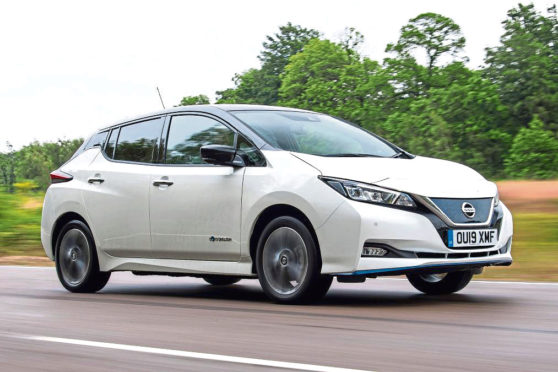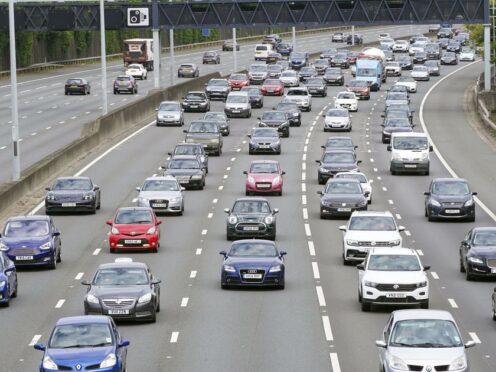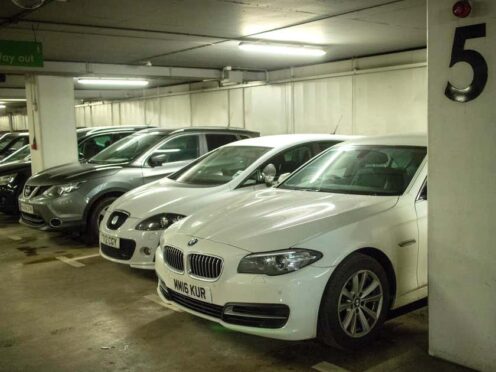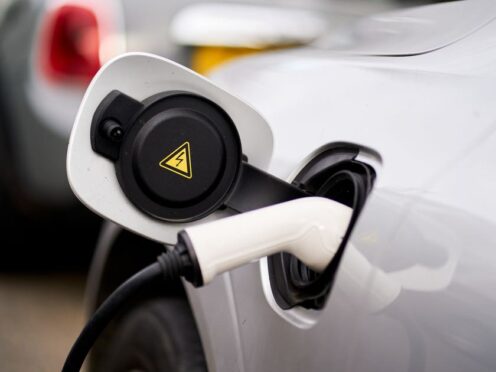If you’re going to create an environmentally-friendly electric car you face a lot of challenges.
Apart from all the obvious technical headaches like increasing battery capacity to enable a worthwhile range of more than a couple of dozen miles, you then have to give the thing a name.
That always leads to a lot of head-scratching within automotive marketing departments because the name can say so much about a car. Land Rover Discovery sets exactly the right tone for an off-road adventurer; the Ibiza from Seat conjures up images of the Spanish brand’s Mediterranean roots and the beefy Mustang from Ford emphasises the car’s thrusting horsepower.
Many car companies, like BMW and Audi, avoid the issue altogether, relying instead on fairly meaningless numbers with the likes of their 320 or A4, but some, like the Korean SsangYong, are a bit more clever, naming their compact runabout the Tivoli, which, with a bit of imagination, reads “I love it” backwards.
So back to the electric car and one of the first on the scene was from Nissan. It’s green and it’s clean so it’s got the perfect name from nature – the Leaf. But like many of the Japanese companies they like to give an explanation, and while we may think it’s associated with our natural heritage, Nissan explains that in fact it stands for “Leading Environmentally friendly Affordable Family vehicle”, which to me sounds more than a little contrived.
Whatever the origins of the name, the Leaf has led the way in the – for the time being at least – slow-burning electric revolution.
It was ahead of its time, arriving here nine years ago, but it has taken until about now to catch on.
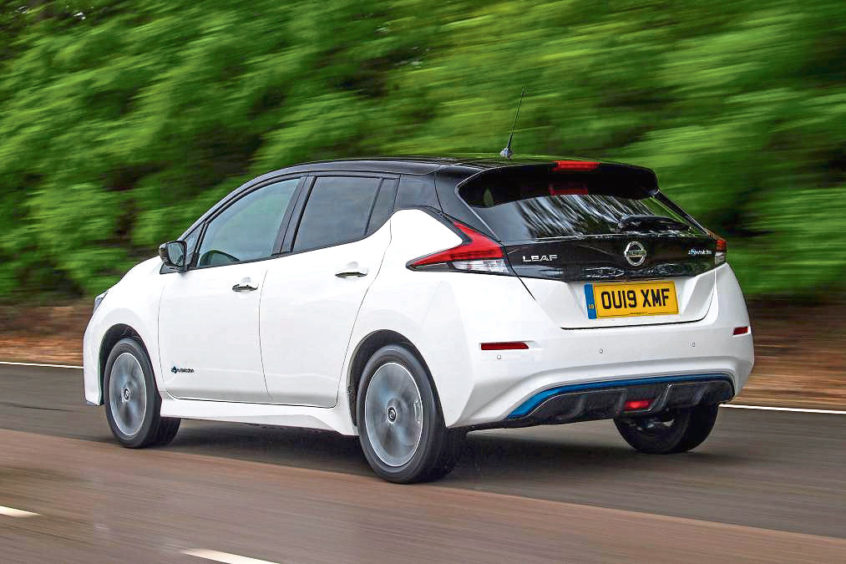
Remarkably, while many companies are still miles away from revealing full electric versions of their range, Nissan has now launched the second-generation of the Leaf. With few serious competitors in the sector and with the exclusive Tesla struggling at the top end, the previous version of the Leaf outsold all other electric vehicles put together, even when it was in its final months of production.
Its customers were incredibly loyal, encouraged by its environmental credentials but also more than a little persuaded by its low running costs and maintenance, the ability to charge it overnight at home or at the office, its practicality and simplicity of use, driving like any ordinary car.
The first model was far from perfect with a pretty dull design and poor range of under 100 miles on a full charge.
That’s all changed in the latest version with its much sharper design, innovative technology and resulting vastly improved range of more than 200 miles.
I’ve driven several Leafs in my time and each one has felt better than the one before, helping to persuade me, albeit slowly, that electric cars do have the potential to replace the conventional internal combustion engine. The latest test car, the Leaf e+ Tekna, has taken that a stage further, but it is the most advanced version, with a price to match. It is the flagship of the range, boasting a bigger battery and a longer range, potentially more than 300 miles. The difference is all under the surface so you can’t actually see what you get for your £5,000 over the standard Leaf.
Avoiding all the technical stuff, it has basically the same electric motor as before but with a new more powerful inverter – the thing that controls the amount of electricity being used in the car.
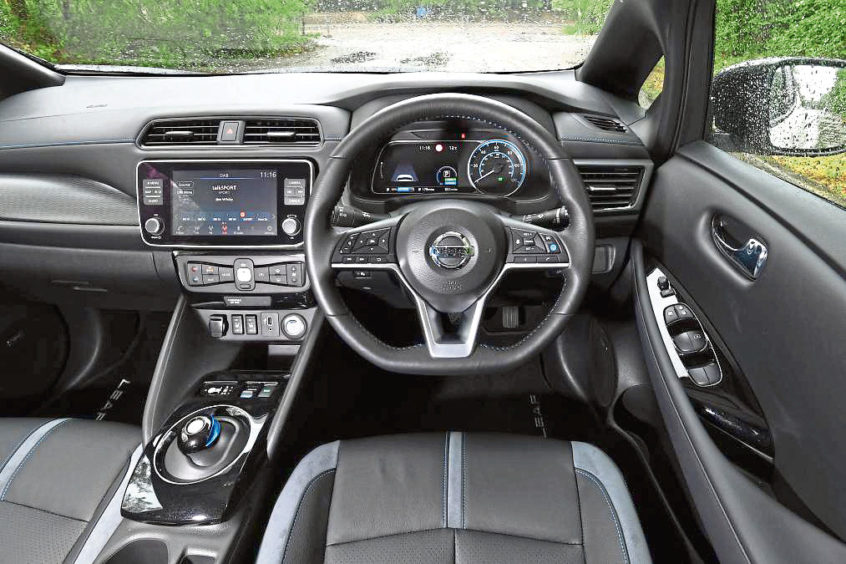
That means there’s more power available and the performance is better with impressive acceleration from a standing start up to 62mph in under eight seconds. So you get further for your charge, and you get there quicker.
It feels nippy, smooth and of course very quiet, which any driver accustomed to internal combustion rumble and clatter will find disconcerting at first.
It is delightfully simple to drive with a basic forward and reverse gearstick and the car glides into action. What’s especially clever is the latest “e-Pedal” which provides very strong regenerative braking to charge up the battery as you decelerate. Get it right and you rarely have to use the brake pedal at all except in unexpected circumstances. In the week I had the car I can honestly say I actually used the brake only around a dozen times.
If you drive carefully and anticipate junctions, roundabouts and stationary traffic you can bring the car to a stop without braking while re-charging the battery at the same time.
It also saves the owner on servicing costs when brake pads last 10 times longer. The interior finish is crisp, clear and simple and it comes with loads of technology, especially in the Tekna trim of the test car.
On the road it feels very stable, no doubt helped by the weight of the battery, but is remarkably nippy, although you feel the obligation to drive with a light right foot to conserve energy.
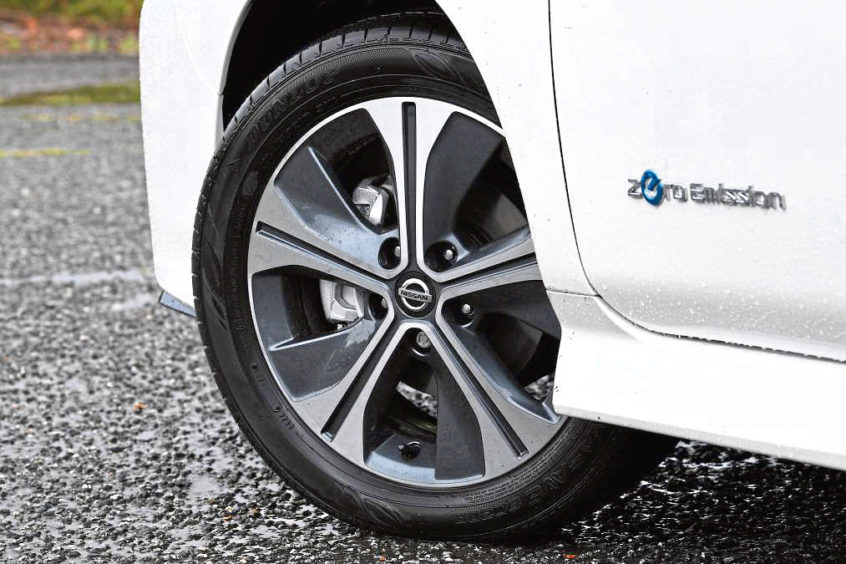
I’m more convinced of the feasibility of electric vehicles as time goes on, and much of that is down to the improvements in the Leaf, but unlike the early days, the new Leaf has more competition.
If you’re tempted to go electric it’s worth looking at the alternatives and two of the most attractive are the Kona Electric from Hyundai or the e-Niro from its Korean partner Kia, both of which are sparklingly impressive.
THE FACTS
- Model: Nissan Leaf e+ Tekna
- Price: £35,895 (£36,820 as tested)
- Engine: 62 kWh electric motor
- Performance: Top speed 98mph 0-62mph 7.3 secs
- Range: 239 mile
